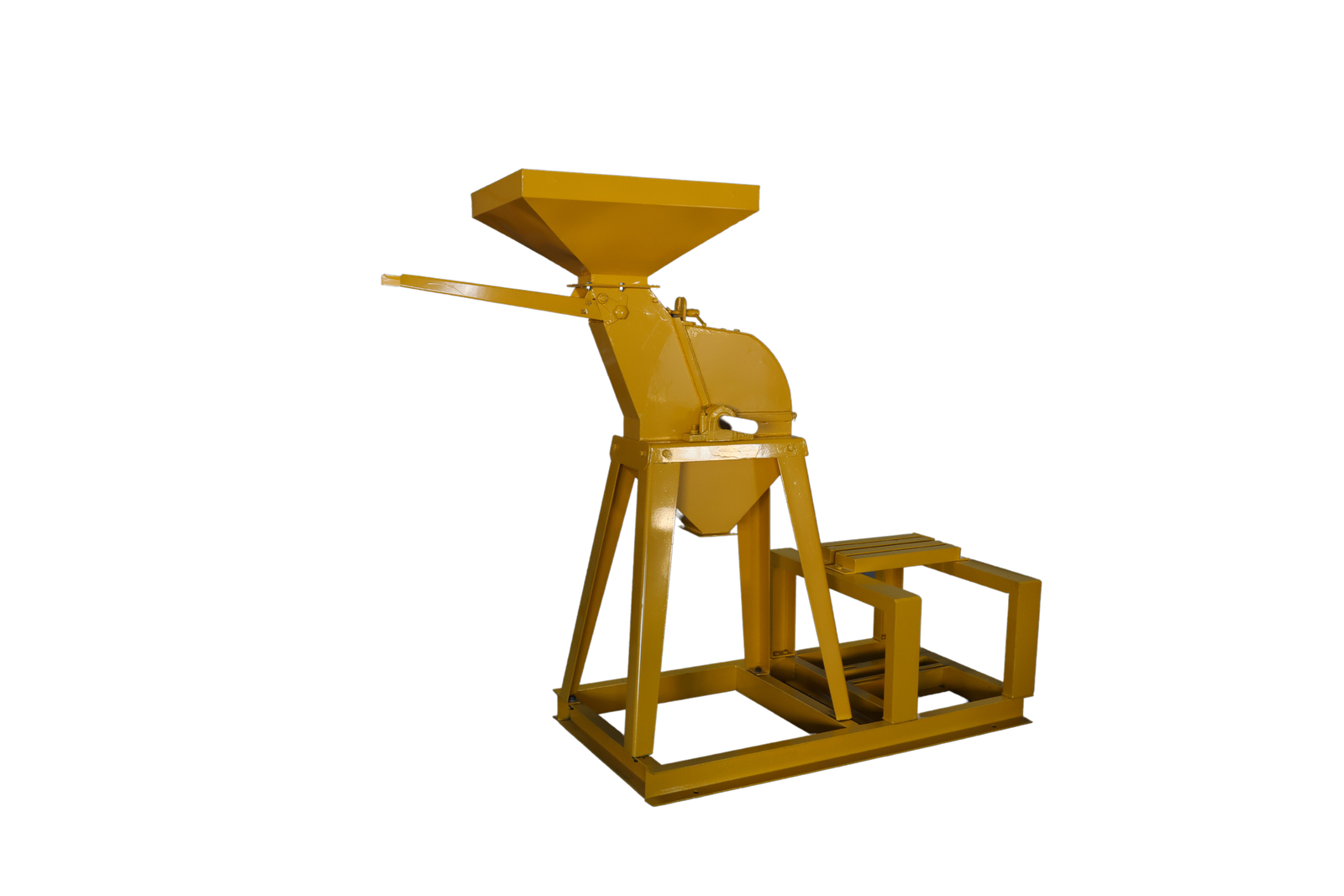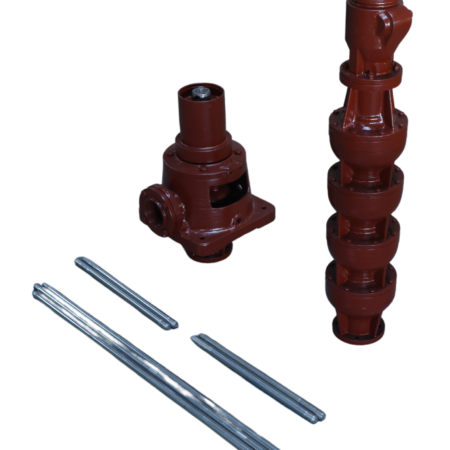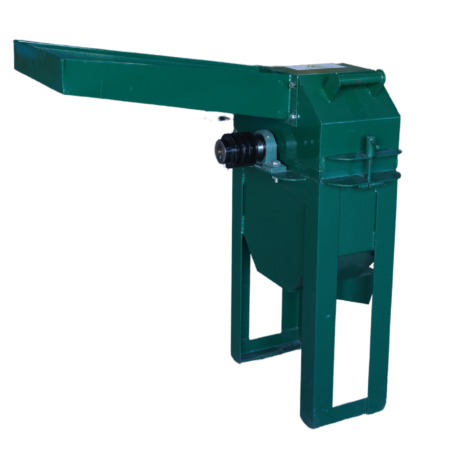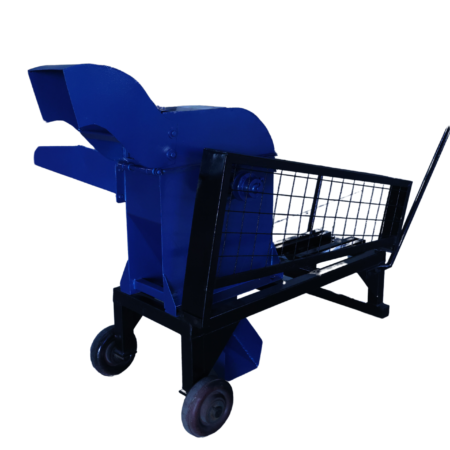Description
A maize and cassava grinding and milling machine is a versatile piece of agricultural equipment designed to process maize (corn) and cassava into fine flour or granules. These machines are commonly used in rural and urban areas, especially in regions where these crops are staple foods. The grinding mechanism typically comprises high-speed rotating blades, rollers, or burrs that crush and pulverize the grains or tubers. Advanced models often feature adjustable settings to achieve different textures, ranging from coarse granules for traditional dishes to fine flour for baking and other culinary uses. These machines are built for efficiency, durability, and ease of use, often powered by electric motors, diesel engines, or manual hand cranks. Their robust construction ensures longevity even under continuous operation, making them invaluable for small-scale farmers, community milling centers, and commercial processing enterprises. The maize-and-cassava grinding and milling machine is essential for food security, providing a reliable means to transform raw produce into edible, marketable, and storable forms.
A maize and cassava grinding and milling machine is an essential tool in agricultural and food processing industries, designed for efficient conversion of maize kernels and cassava tubers into consumable forms such as flour, grits, or mash. These machines come in various models, including single-function and multi-functional units, capable of processing different grains and roots. Typically, the machine comprises components such as a hopper for feeding raw materials, grinding chambers equipped with heavy-duty blades or rollers, sieves for separating particles, and an output chute for the finished product.
Advanced designs often include features like variable speed controls, multiple sieve sizes, and dust-collection systems to improve productivity and hygiene. Machines can be powered by electricity, diesel, or gasoline engines, and some manual models are available for low-energy environments. The output capacity ranges from small-scale machines for household use to industrial-grade units capable of processing several tons per hour.
These machines enhance food security by reducing post-harvest losses and providing a way to preserve and store maize and cassava for extended periods. Additionally, they support economic development by enabling small and medium enterprises (SMEs) to produce value-added products such as cassava starch, maize flour, and livestock feed. Their widespread use in developing regions has a profound impact on local economies, improving livelihoods and fostering sustainable agricultural practices.






